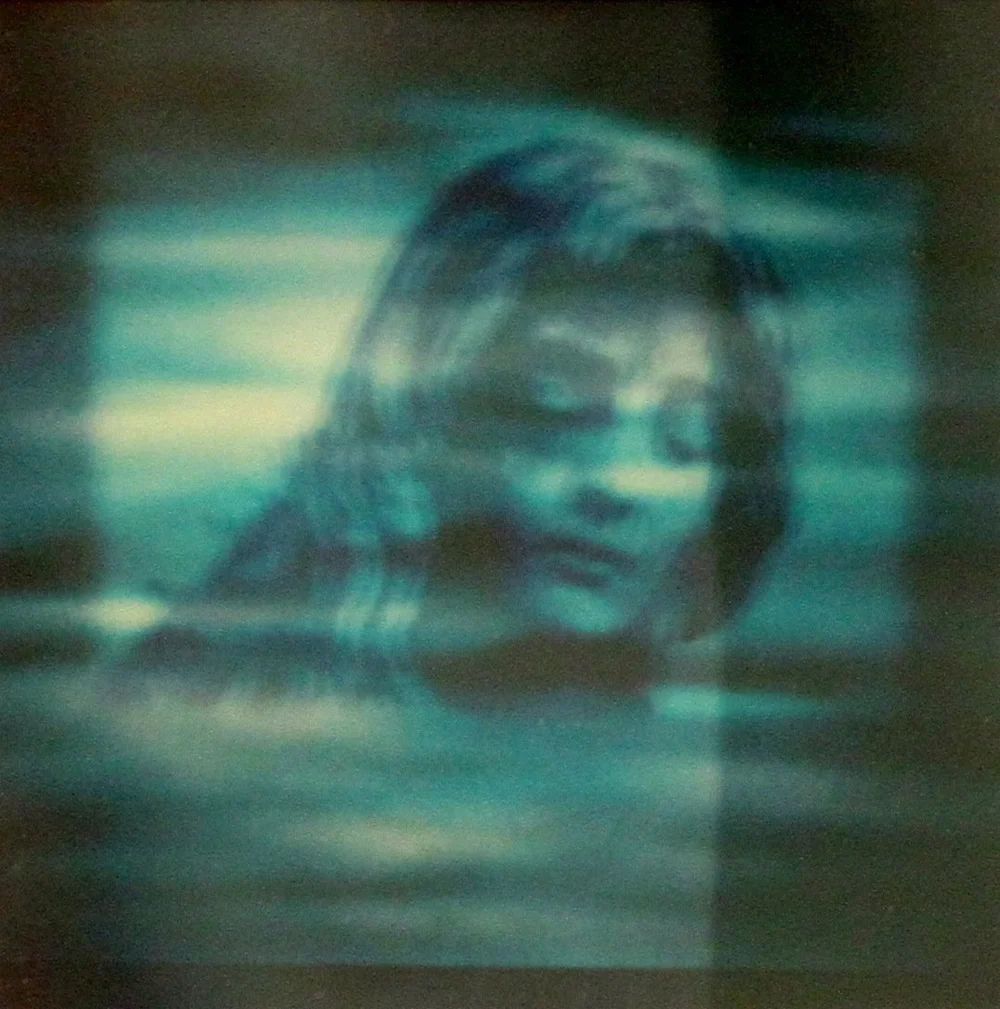THE DREAMER’S HEART

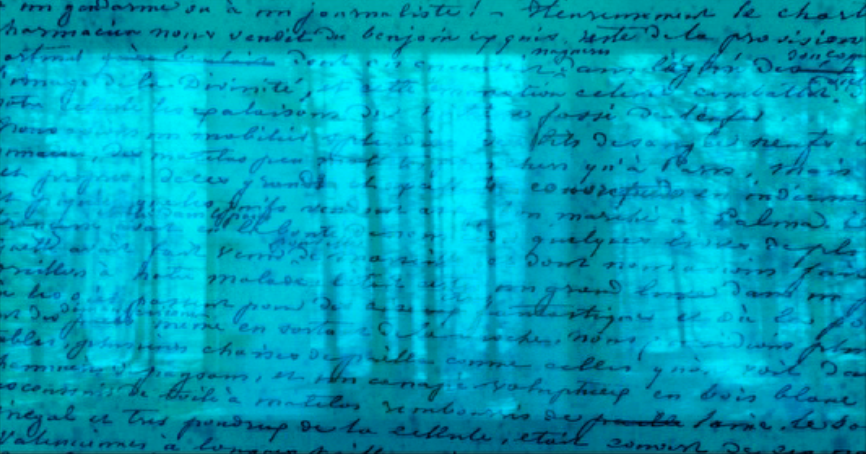
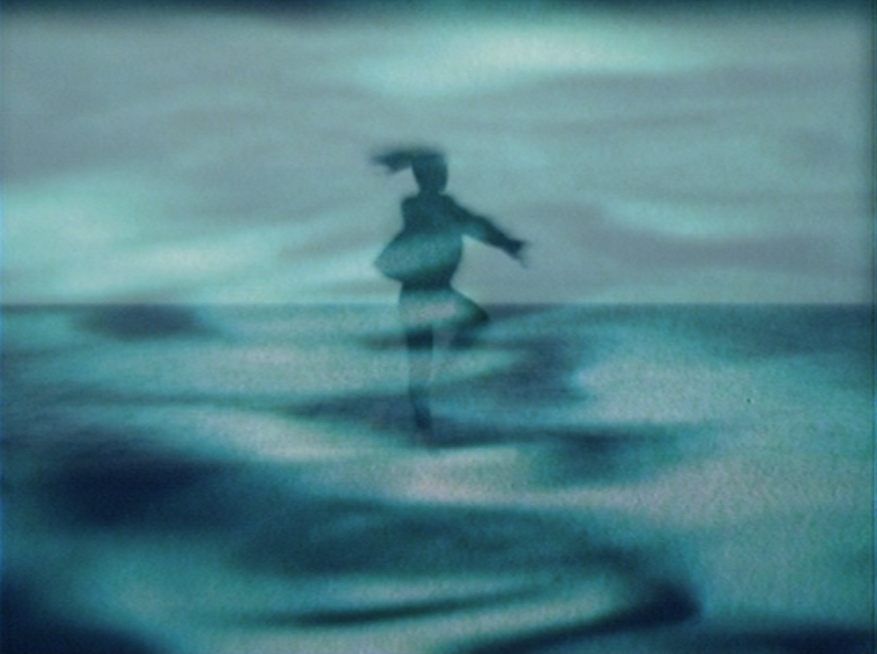

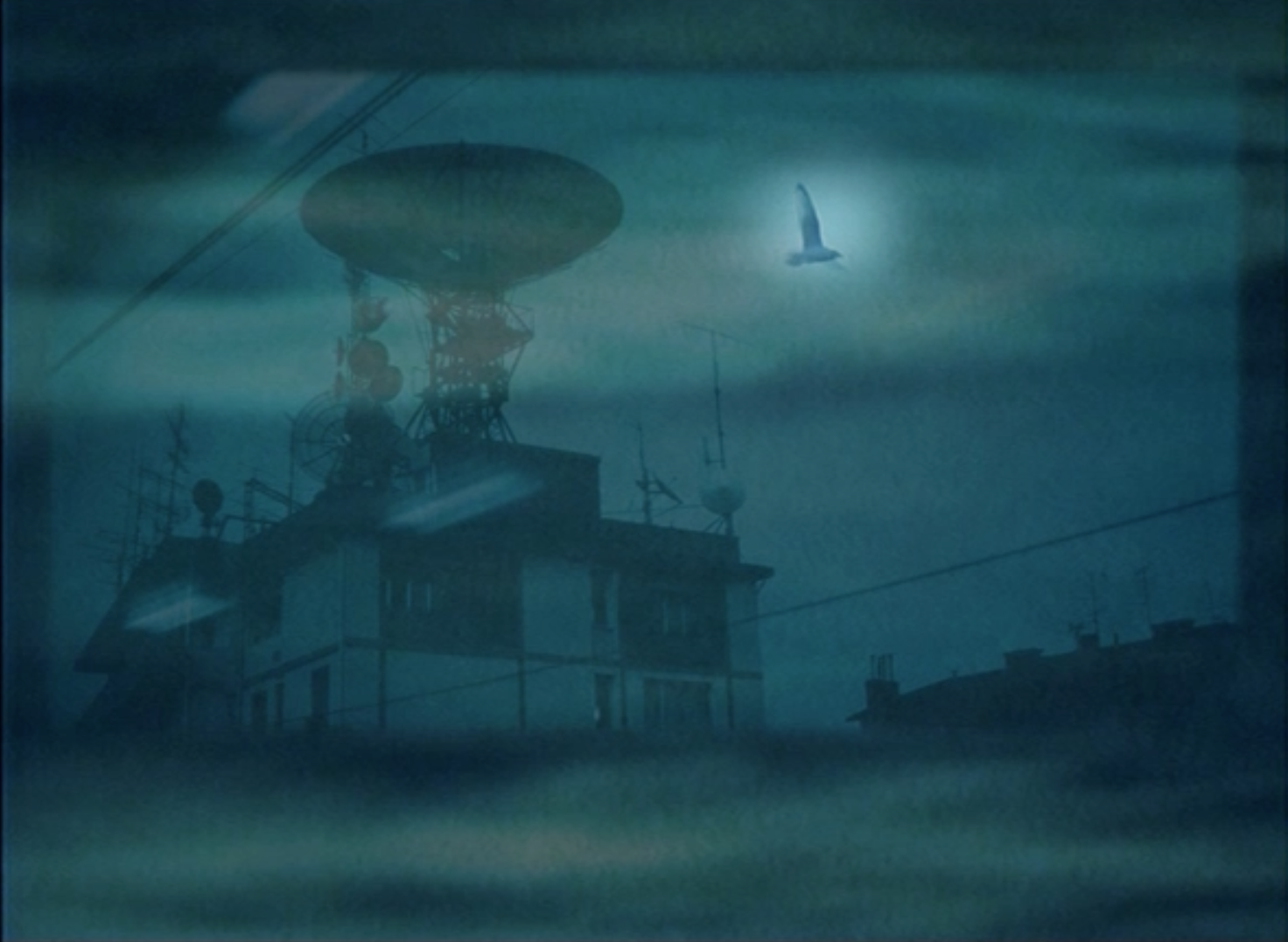
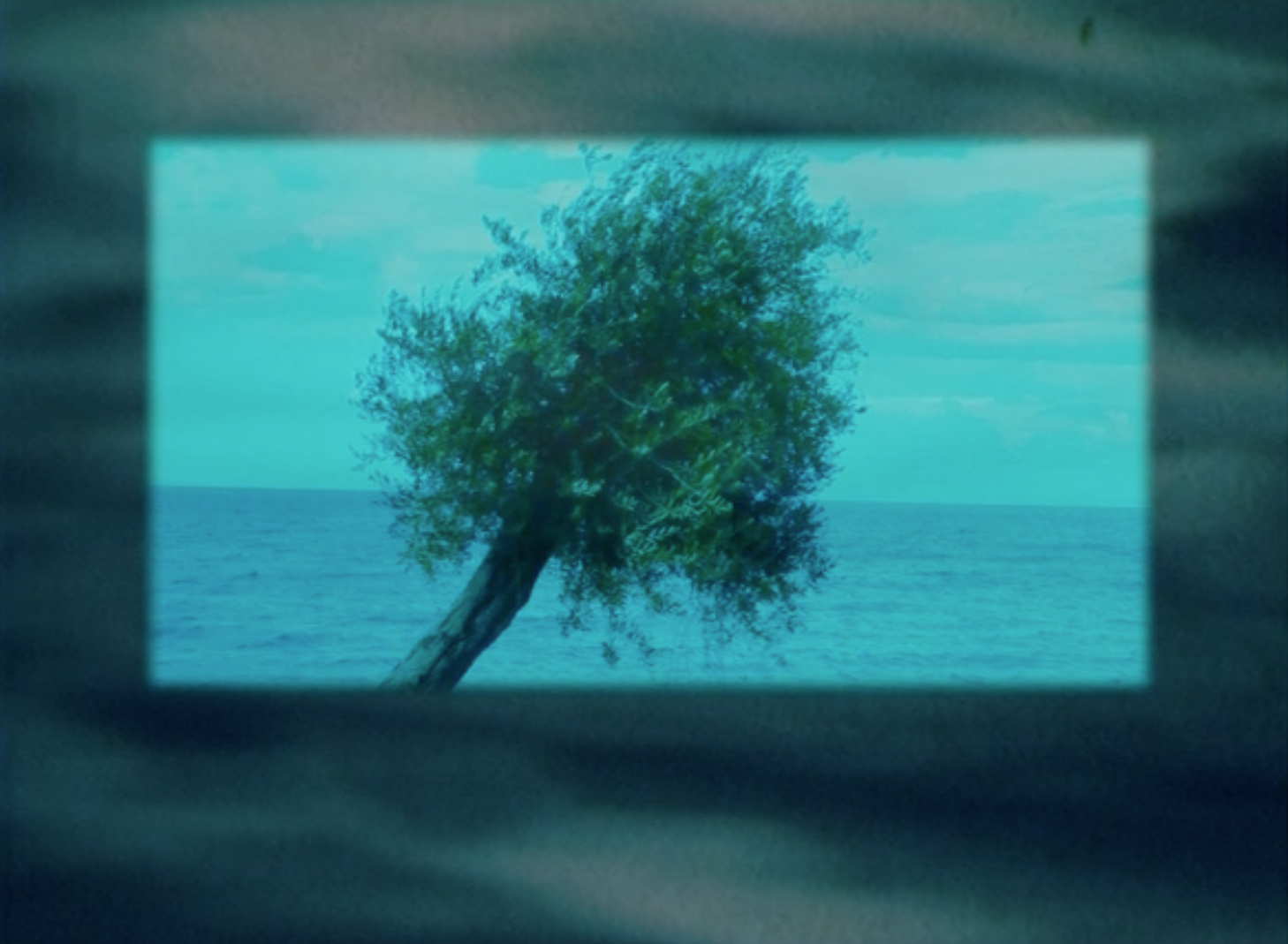




blue in amber - multimedia, film, light, sound installation
ANIMA MUNDI GALLERY AUGUST 2018
Roger Thorp’s extraordinary, elemental solo exhibition ‘Blue in Amber’, his second at Anima-Mundi.
‘Blue in Amber’ takes loose and partial inspiration from a recently discovered 100-million-year-old chunk of amber which was found in Myanmar containing the head, neck, wing, tail and feet of a hatchling. It was just a few days old when it fell into a pool of sap oozing from a conifer tree. The installation from which the exhibition takes its title, is a small room lit and glowing amber and bathed with two tracks of ambient sound. The viewer upon entry is perhaps reminded of a setting sun, then drawn in to a small floating blue projected moving image. The images in this work are chosen for what they represent, for example: The revolving Earth, our precious stone, shining jewel like within the void. An image of words handwritten on a page (from the Chopin museum in Valldemossa, Mallorca), the page was unique - the wind could take it, fire could take it, a thief could take it, for Thorp it further enhances a mounting sense of fragility, authenticity and uniqueness marking a contrast to the growing plethora of babble of extensively stored, copious quantities of copied data, that can be transferred across the globe in multiples of a second which seems to epitomise the times that we now occupy. This is lamented further by an image of a satellite dish which was taken by Thorp before the birth of the internet, evoking a sense of nostalgic romance of being able to send signals, but more importantly notable ideas, out into space. We also see an image of an olive tree, grown over hundreds of years. Fossil evidence indicates the olive tree had its origins some 20–40 million years ago in the Oligocene region corresponding to Italy and the eastern Mediterranean Basin. A number of other personal moments are captured, with the atmosphere summed up by the ephemeral appearance of a dancer caught in momentary rotation, representing the urgent preservation of fleeting grace, which is perhaps the signature of the work.
